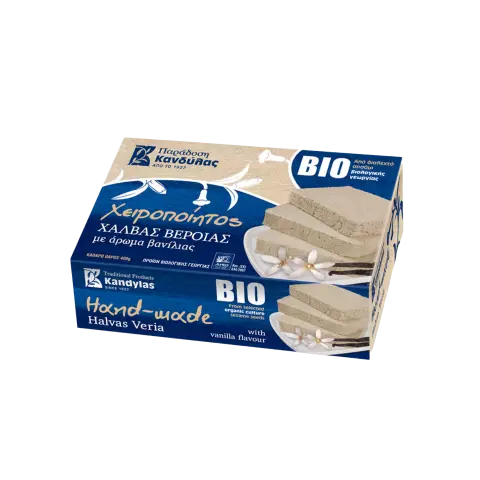- Author Rachel Wainwright [email protected].
- Public 2023-12-15 07:39.
- Last modified 2025-11-02 20:14.
Halva

Oriental delicacies are appreciated all over the world, as they differ not only in their bright taste, but also in the naturalness of the ingredients used. Halva, which was loved by gourmets over a thousand years ago, was no exception. The dessert was traditionally prepared from the usual nuts, sunflower and sesame seeds, corn flour and even vegetables (in India - from carrots and calabas). Halva, which promotes active production of energy and stimulates mental activity, has become a faithful companion in campaigns and military campaigns. All thanks to the unpretentiousness of the product to storage conditions. A little later, such a convenient product as an exquisite dessert settled in the homes of all eastern residents, becoming a symbol of prosperity for some fertility nations. The benefits of halva have always been noticeable, but only intuitively, at the level of observation. In those days, people could only guess about the dangers of halva.
Traditional composition of halva
When choosing the most useful delicacy, it is worth considering that the composition of halva directly depends on the type of the main product used. Nevertheless, any halva contains sugars, vegetable fats, natural antiseptics and a number of vitamins (F1, B1, PP). If the sugar content is a “double-edged” fact, that is, it helps brain activity, but also destroys teeth, the presence of a large proportion of fat in halva caused controversy among nutritionists. However, scientists have recognized that the exclusively plant nature of this substance has a beneficial effect on the work of the gastrointestinal tract, nervous and cardiovascular systems, and the harm to halva in this case is insignificant.
Takhinnaya halva, which includes spicy sesame seeds, in addition to the status of the most valuable delicacy of the Middle East, fell in love with fans of traditional medicine. The calorie content of halva from sesame seeds is approximately 560 kcal per 100 g of the finished product. But, despite the richness and some severity for digestion, its popularity is significant due to the high content of micro- and macroelements, in particular, it contains zinc, manganese, calcium, phosphorus so necessary for the body. Periodic use of tahini halva eliminates the need to take complex vitamins.

Nut types of halva, such as peanut and almond, have an acceptable level of energy value. Molasses in combination with seeds is a worthy substitute for a mixture of nuts and dried fruits in honey. Halva, the composition of which is enriched with amino acids and vitamin D - almond - is an excellent help in diseases of the musculoskeletal system and the need to strengthen it, and for this reason it is recommended for children. It is important that the calorie content of halva from almonds is the lowest, it does not exceed 530 kcal per 100 g. But for overweight people, the harm of halva is obvious, but if this problem is not worth it, then the benefits of halva prevail over undesirable effects. Linoleic acid, a vitamin of groups B, D, which is part of nut halva, strengthens bones, calms nerves and improves memory.
Sunflower halva is the most common species in European territory. Its beneficial qualities have been repeatedly confirmed by scientific research. The calorie content of sunflower halva is high due to the content of a large amount of oils, but they also provide a high content of vitamin E. Sunflower halva protects the skin from aging, restores the hair structure, strengthens the nail plate and accelerates the regeneration processes in tissues.
About the benefits and harms of halva
The benefits of halva lie precisely in its nutritional value and rich content of vitamins and minerals. Strengthening the neural connections of the brain, having a positive effect on the cardiovascular and nervous systems, such a dessert becomes not just a sweet delight, but if not a full-fledged medicine, then, in any case, an excellent preventive measure. In addition, vitamins contribute to the rapid absorption of carbohydrates, getting rid of cholesterol and strengthening blood vessels. With regular use of this food, lung function improves, osteoporosis is prevented, and intestinal motility is normalized.
The harm of halva is obvious for those who are allergic to any of the ingredients of the treat. Also, diabetic patients and people with liver diseases have to abstain from sweets. In addition, people who abuse it will especially notice the harm of halva. Do not overload the body, the optimal amount of sweetness eaten should be 20-50 g per day, while excluding the use of other sweet foods in food.
Found a mistake in the text? Select it and press Ctrl + Enter.






